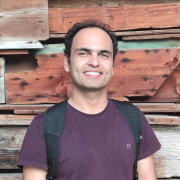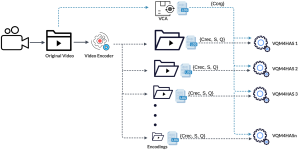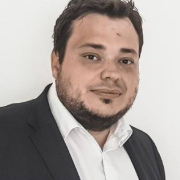Sustainable and Serverless Service Management
on the Edge-Cloud Continuum
Abstract: In recent years, the computing continuum has transformed distributed computing by integrating centralized cloud infrastructure with decentralized edge devices, enabling support for computationally intensive and data-driven applications. Serverless computing, with its event-driven resource management, dynamic scalability, and infrastructure abstraction, has emerged recently as a complementary paradigm for such an environment. However, integrating serverless computing into the computing continuum introduces additional challenges in service and system management, such as ensuring seamless service scalability across distributed resources, maintaining low-latency and energy-efficient task execution, and orchestrating dynamic resource provisioning across diverse and heterogeneous infrastructures. This talk first reviews the key challenges and emerging solutions for serverless service and application management on the edge-cloud continuum. It then explores the broader implications of these schemes, highlighting open questions for achieving high-performance and sustainable service orchestration. The talk further presents our serverless frameworks designed to address these challenges across serverless functions, application workflows, and workflow batches, which leveraged multi-objective scheduling algorithms, adaptive workload allocation strategies, and heuristic-based orchestration techniques to enable fine-grained resource optimization in the computing continuum, balancing energy efficiency, latency, economic cost, and service quality. Through real-world applications and experiments on our designed computing continuum, the talk demonstrates how these frameworks enable sustainable and scalable service management, paving the way for next-generation distributed computing systems.









